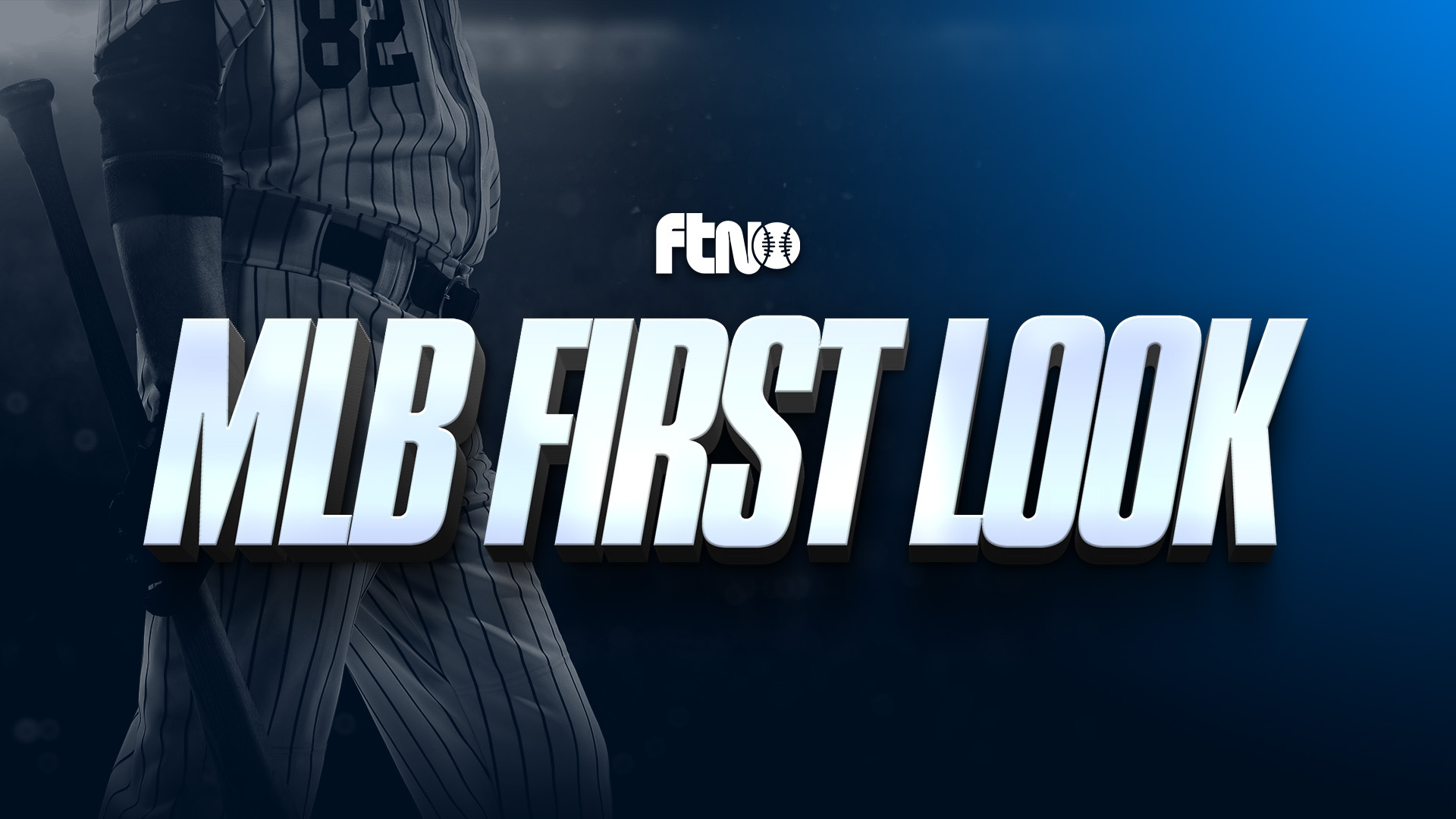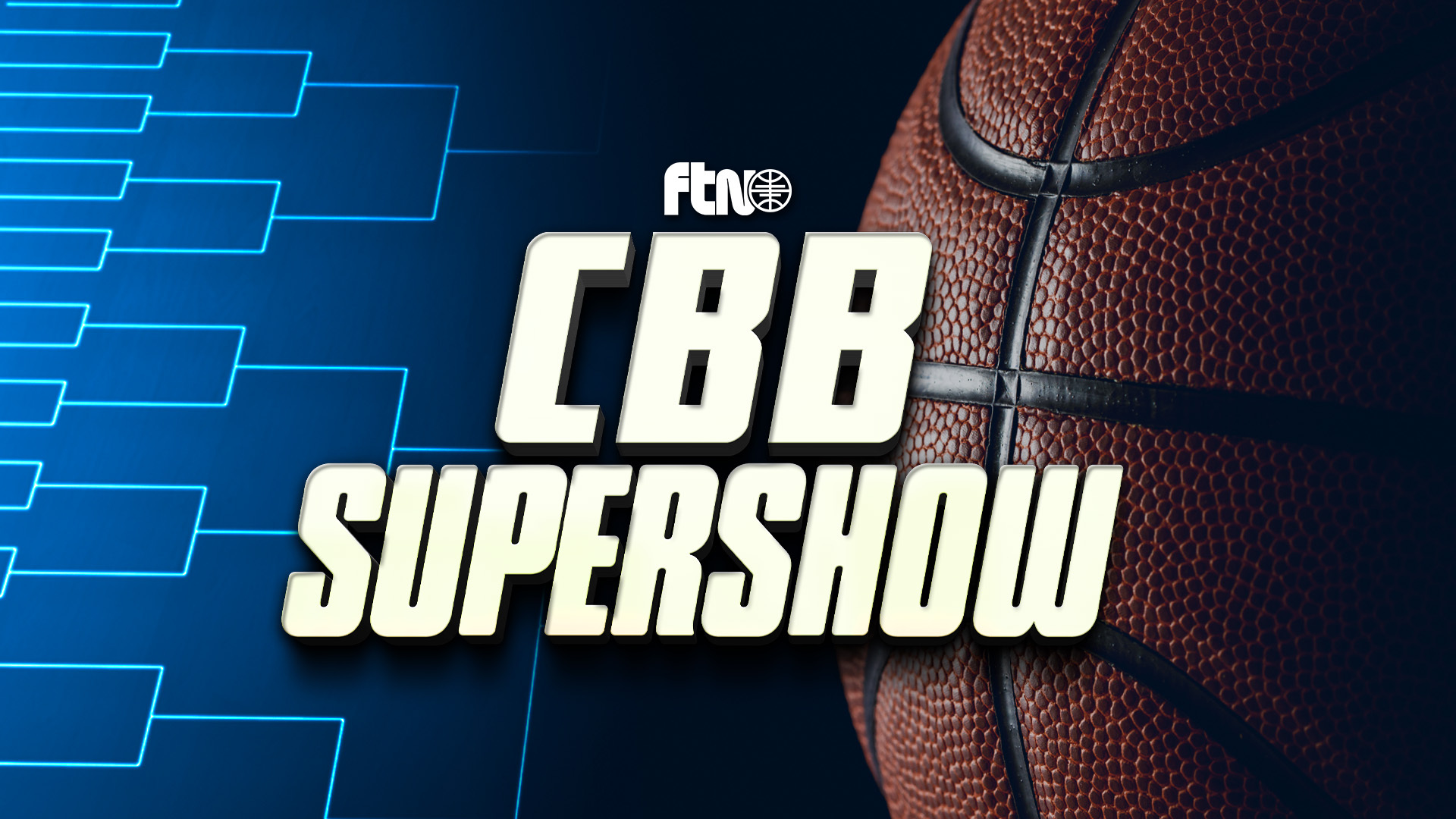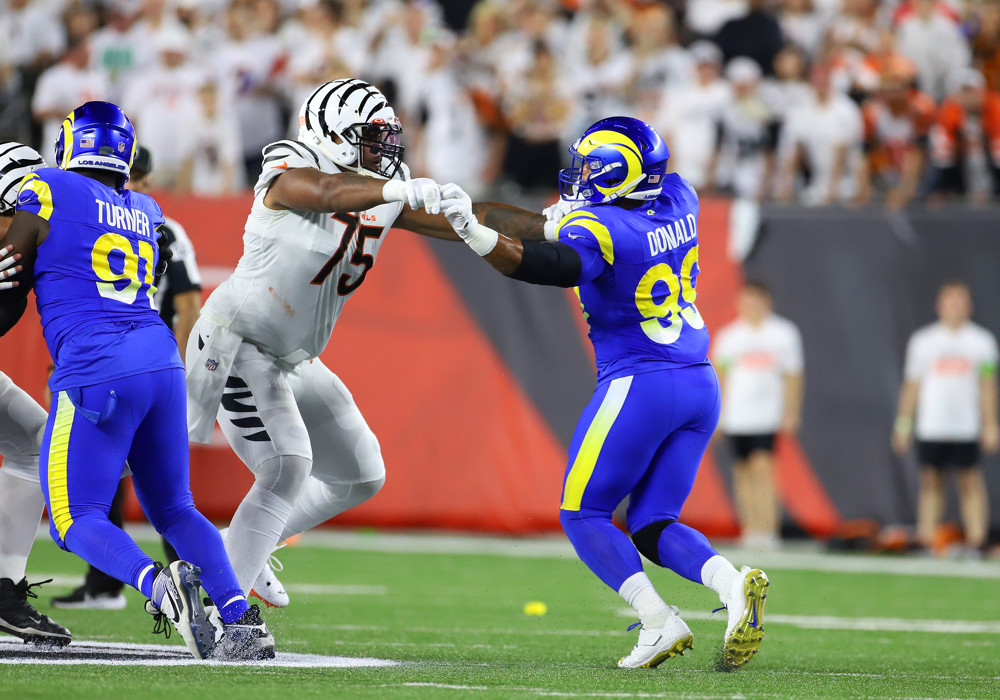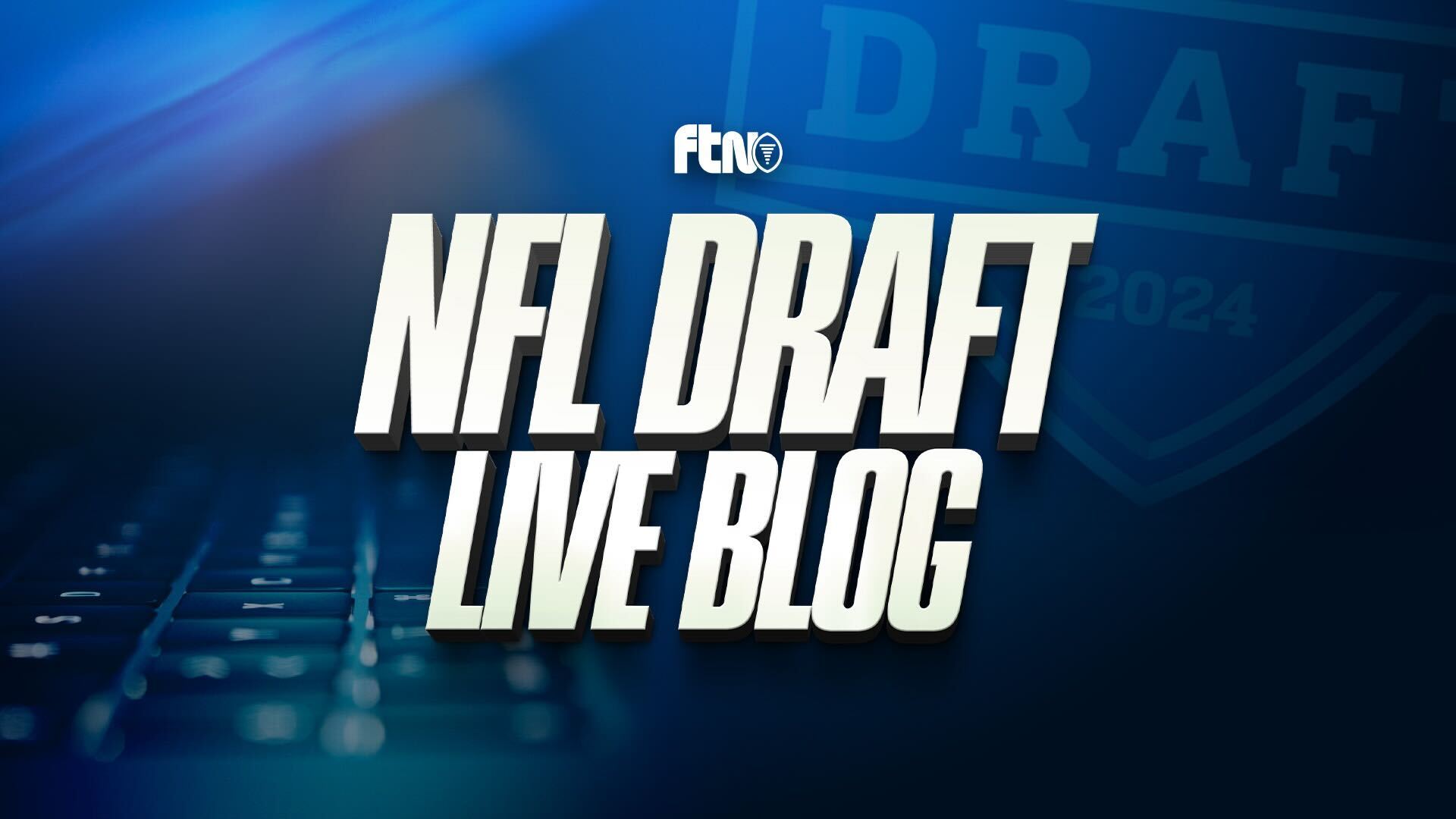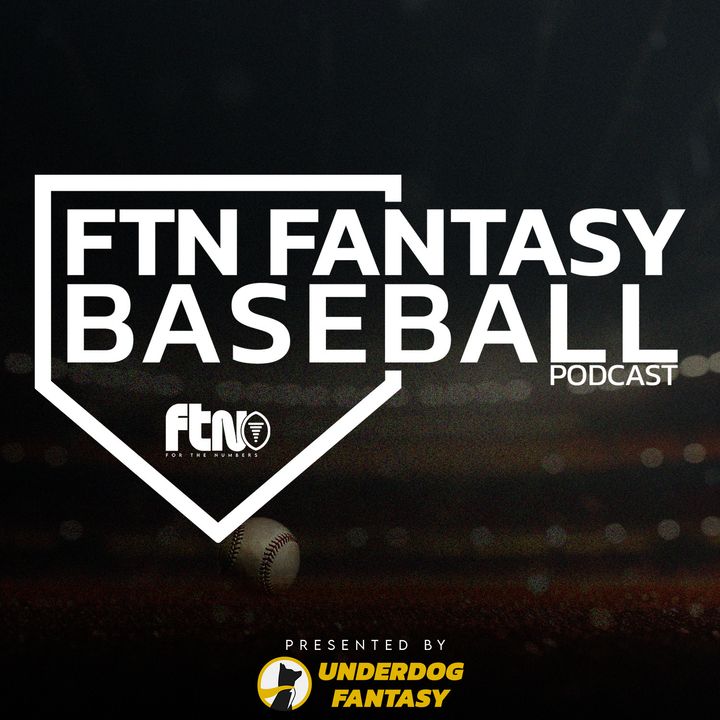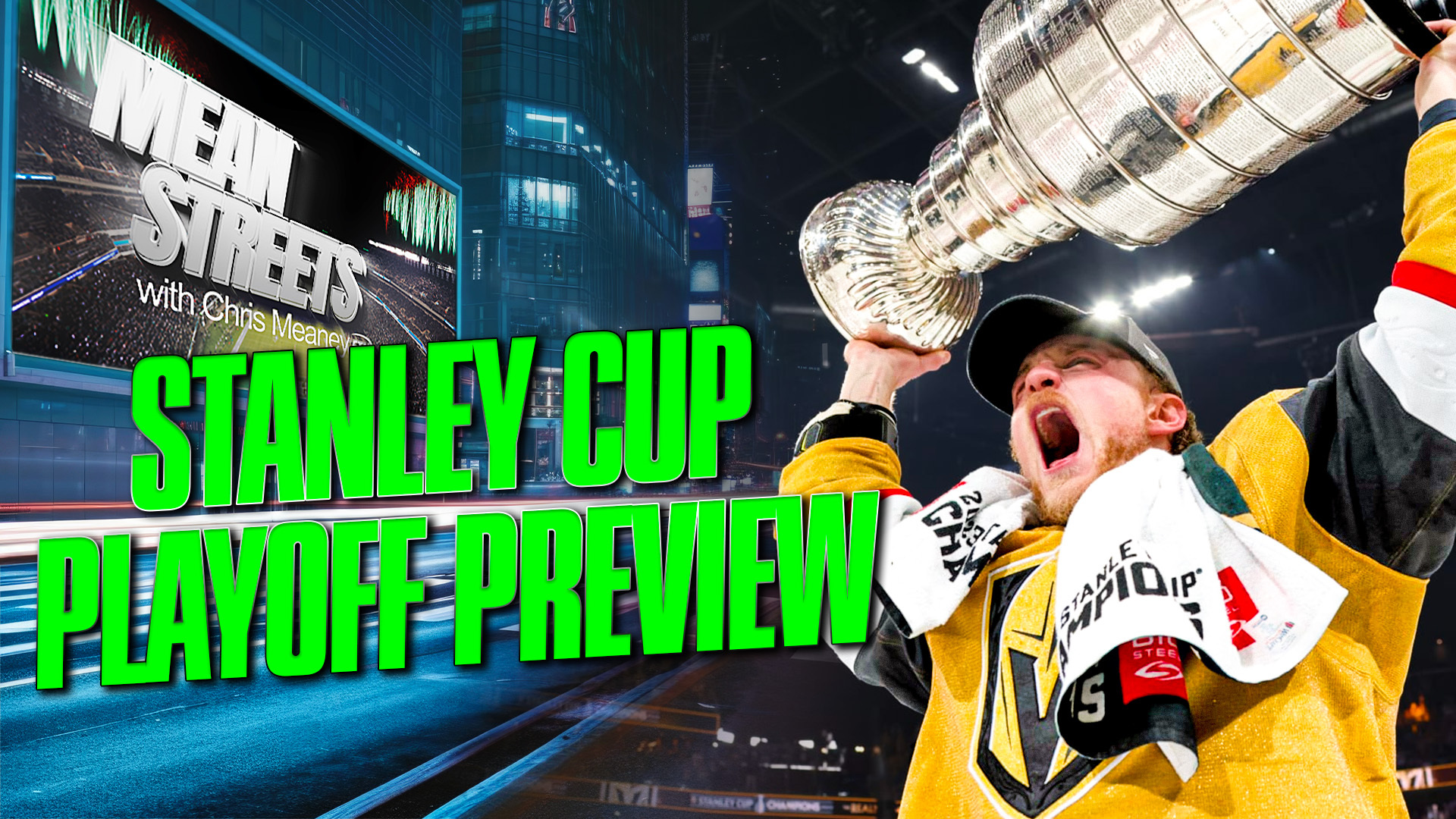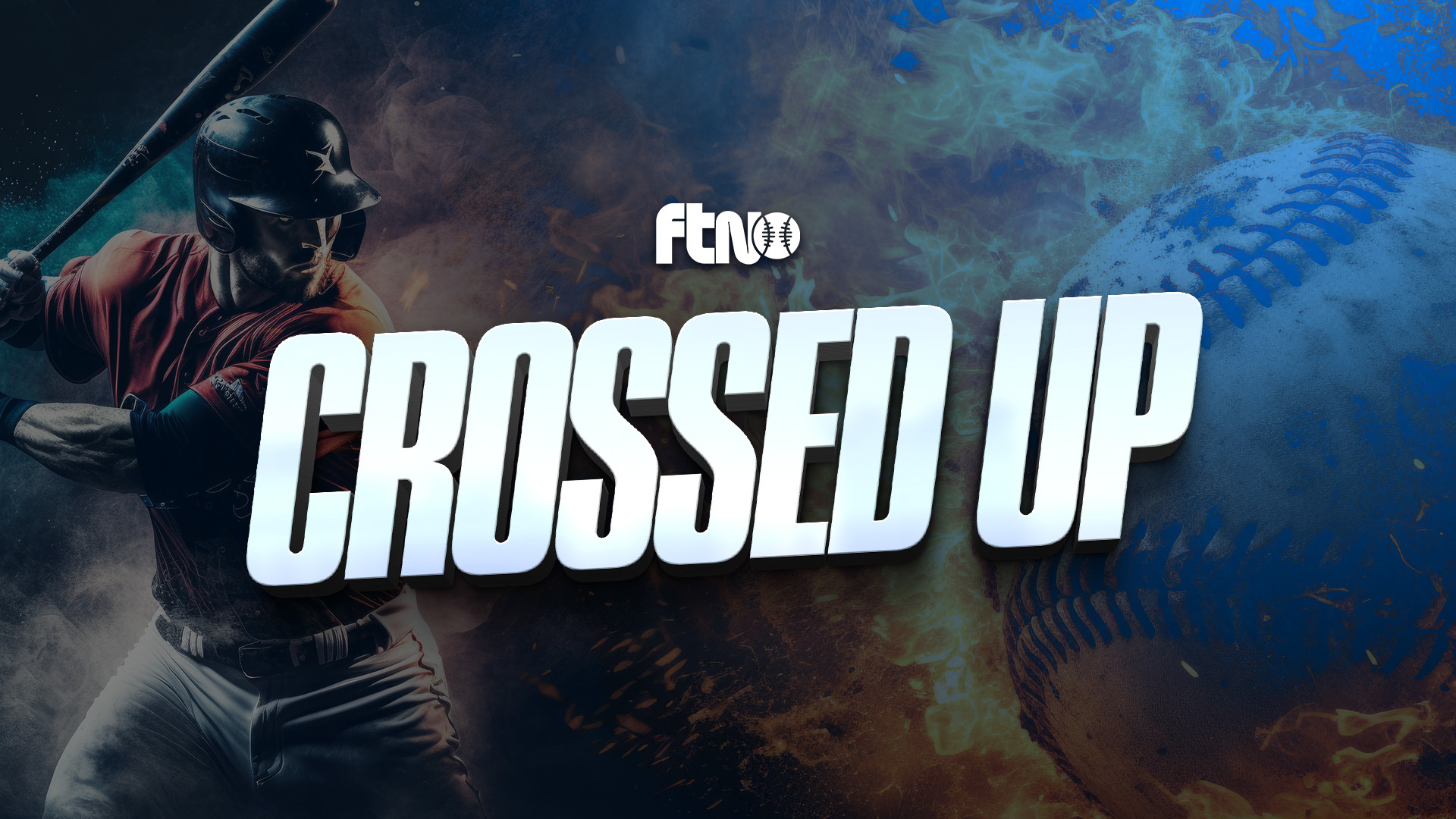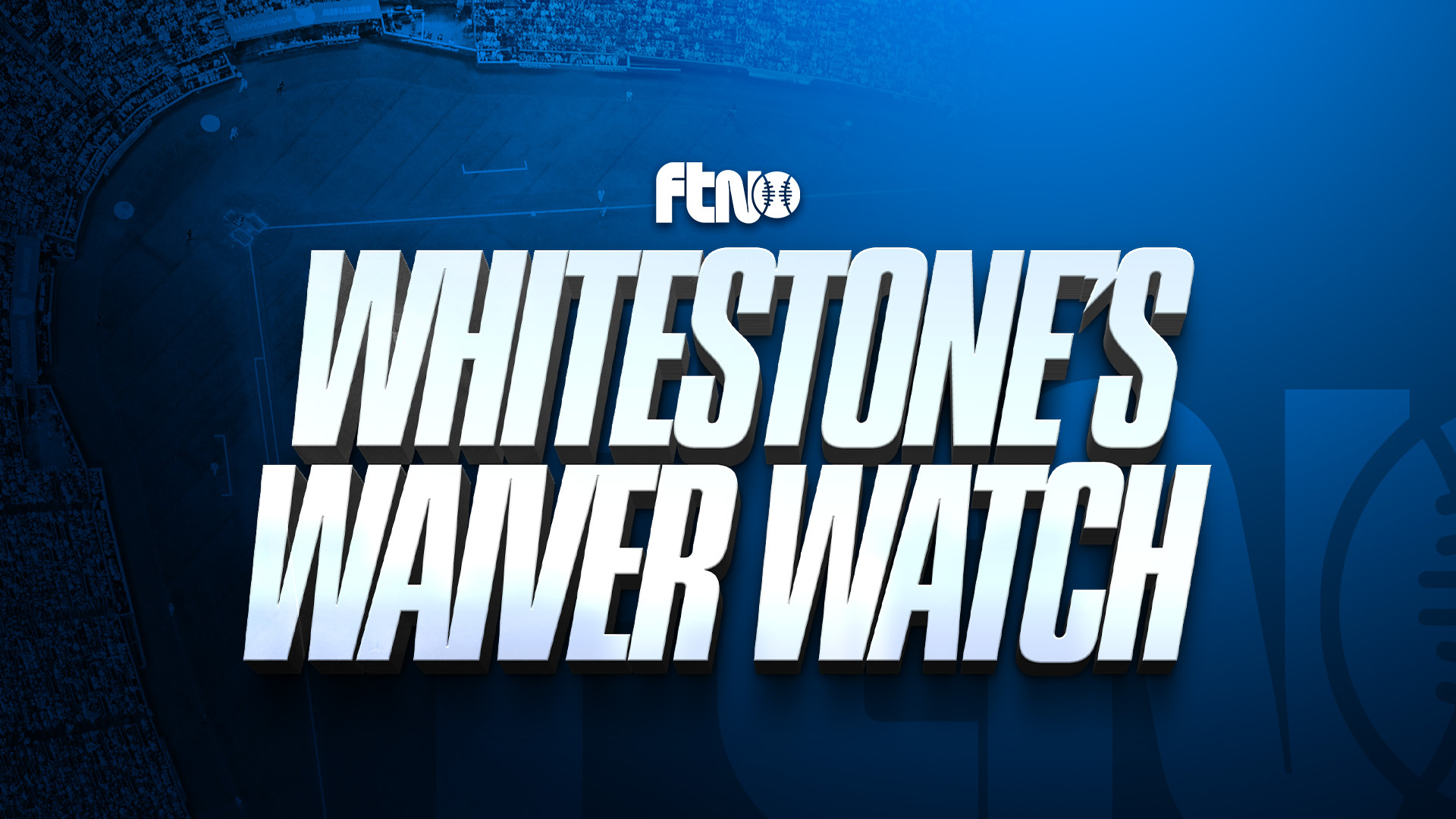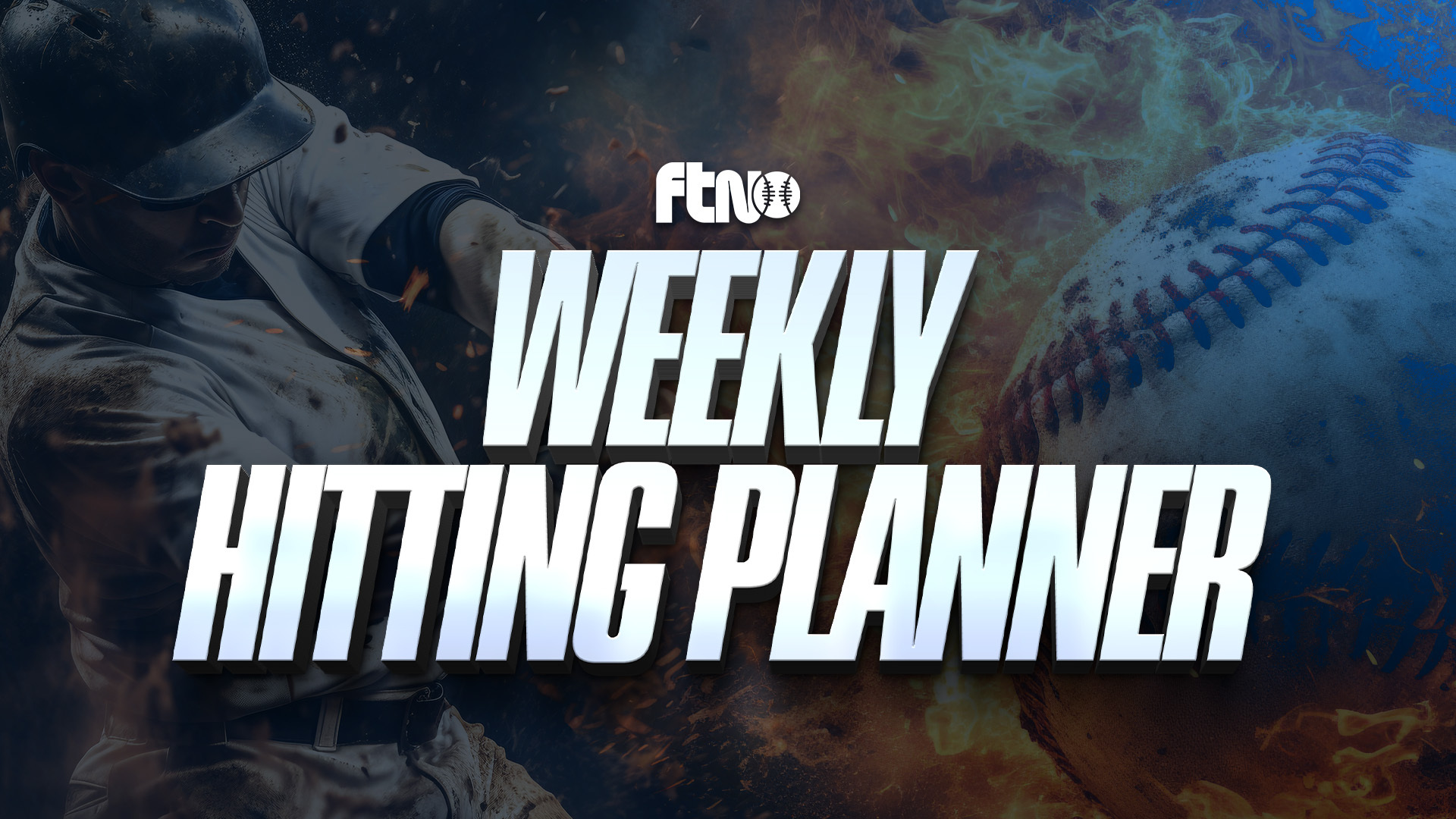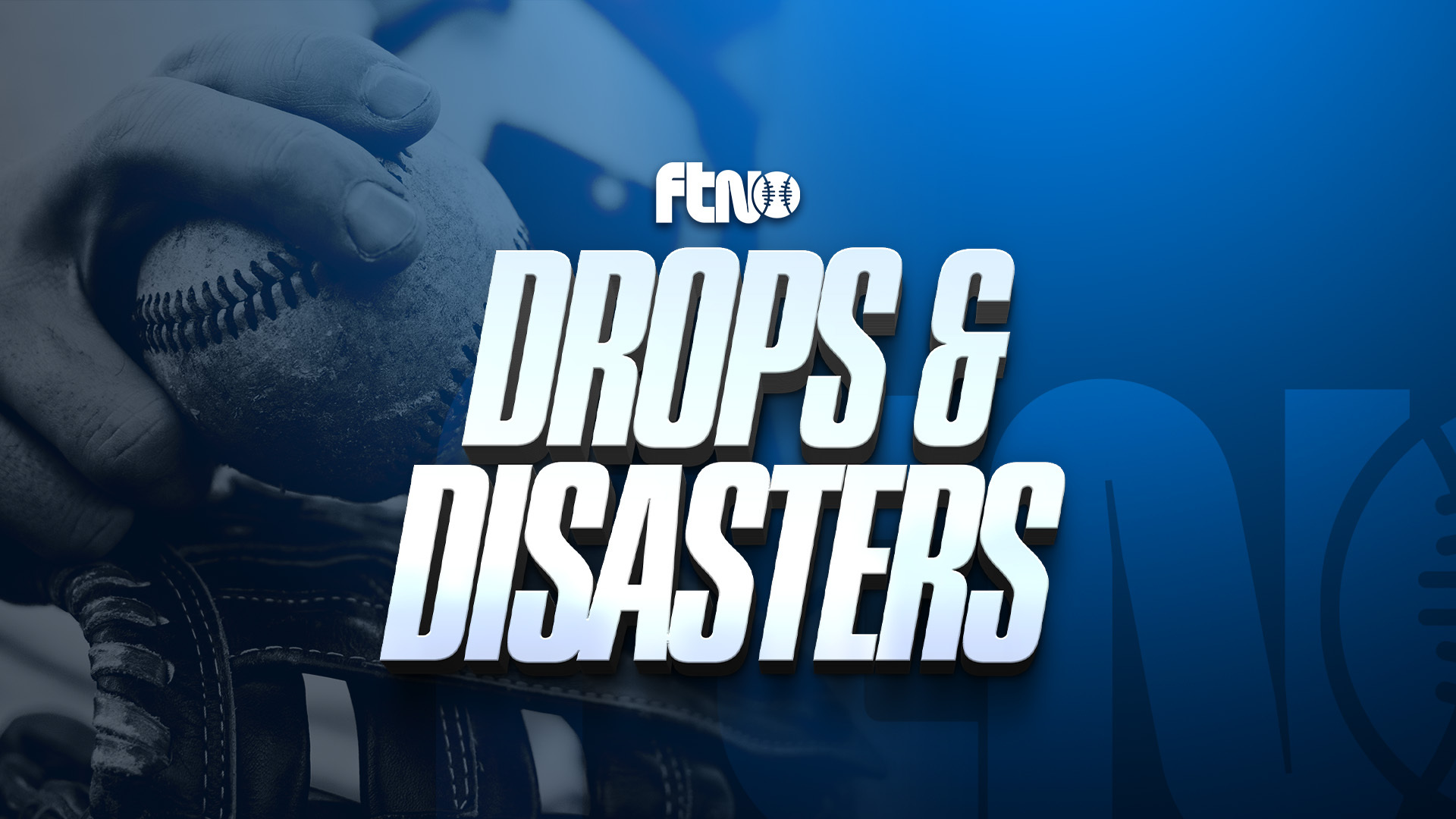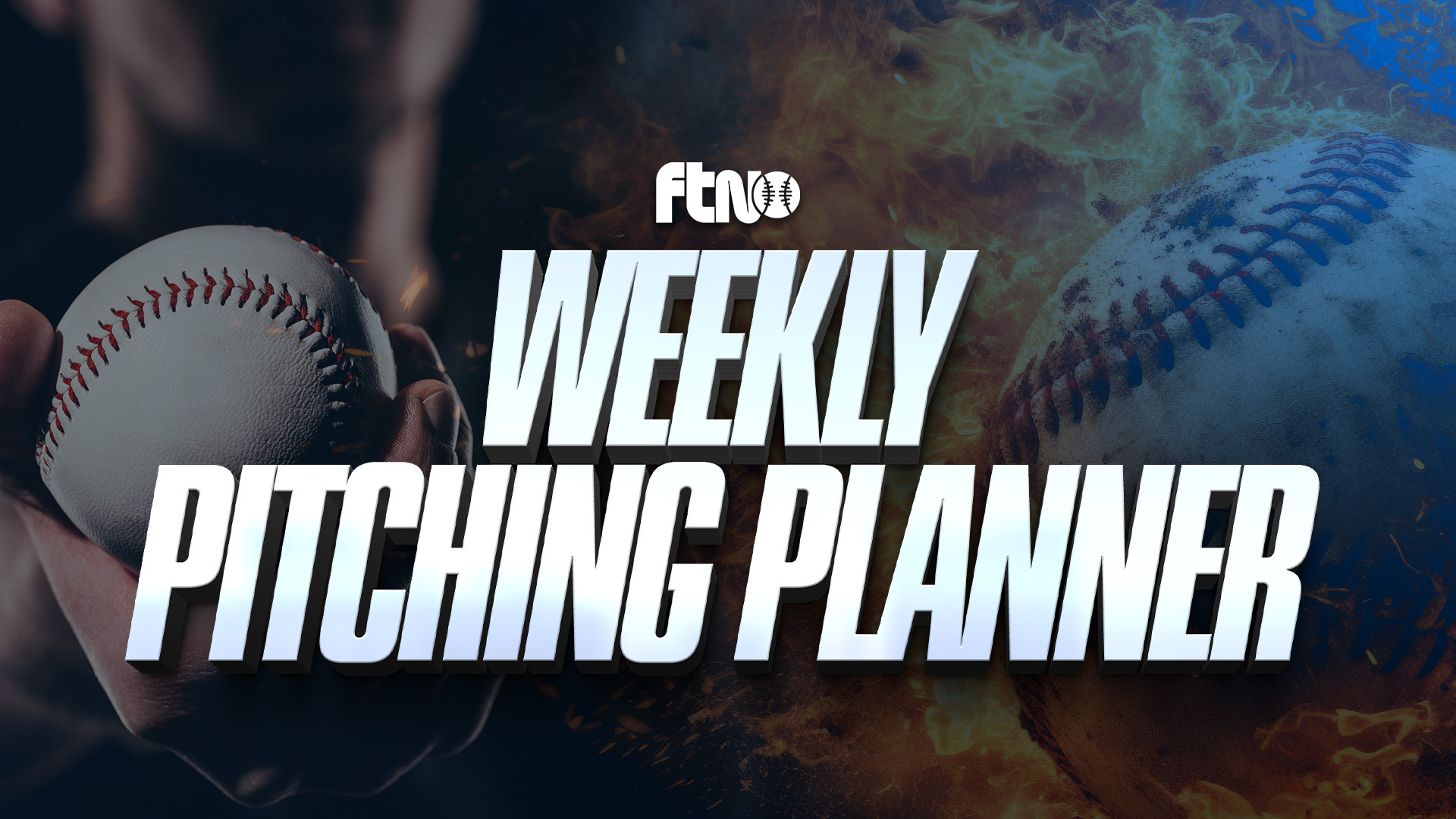
KDS (Kentucky Derby Style) is a feature in NFBC 5×5 rotisserie leagues where managers can prioritize and rank their 15 (or 12) draft spots in order of preference. It adds another layer of strategy by having some say in determining what position we pick from throughout a draft. If we’re familiar with the player pool, draft boards and ADP, we can use that information about our first-round slot to map out our targets for the first few rounds of a draft. Between KDS and target mapping, we can layer a heavy dose of confidence into our draft process and some semblance of roster construction balance.
Setting KDS is simple. You arrange the icons of your draft order preference from 1-15 (or 1-12), in your ideal order.
Draft order for each league is automated and selected at random, giving the highest-ranked remaining spot to each drafter. In the example above, I received my second draft order preference (pick 4) and was the sixth person in this league to draw their KDS draft slot.
Some drafters either forget to set their KDS or just leave it straight buttah (1-15 or 1-12). Others select the middle or end of the draft, depending on where they want to draft from or who their targets are. Some folks are more comfortable drafting from the middle as they are usually less susceptible to losing out on a specific category or positional run. There is a rarely an “optimal” draft slot to pick from in any given season as NFBC league winners have historically won from all draft positions.
Using KDS to Establish a Roster Base
We read and hear so much analysis on the first round of drafts. Sure, that first-round pick is important, but it’s only one of 30 draft picks. Deciding how we set our KDS should extend beyond just who we want in the first round. The most important element of setting KDS is to put ourselves in position to get the ideal set of players we are targeting – as a group – in those first five rounds. The biggest mistake novice managers make with KDS is weighing their first-round pick decision too heavily instead of considering those first five picks as a group.
What draft slot we want to pick from can also change year to year, depending on the player pool. This year, many early draft season managers seem to have a close-knit top five overall. If we don’t have a strong preference between Ronald Acuña Jr., Julio Rodríguez, José Ramírez, Trea Turner and Aaron Judge, then perhaps the 4 or 5 pick suits us best. But we can’t stop there. The next step we must take is to consider what players would be available to us in Round 2-5 if we pick first vs. fifth.
Part of this assessment should account for how we want to handle starting pitchers and closers and how comfortable we are with finding steals, power or batting average in the middle rounds (7-15) and back half of drafts.
Roto is all about categorical balance. The more balanced our rosters are heading into the season, the less likely we are to spend exorbitant sums of FAAB money chasing a specific category. Sure, losing our top hitter, ace starting pitcher or best closer could send us into a spending frenzy. But the more balanced our team feels across the 10 roto categories when leaving the draft table, the less likely we are to overreact or overspend early in the season.
Addressing our own historical weaknesses early in a draft is usually a good approach. Looking back at our last few seasons’ results, do we have any strong categorical deficiency trends? Are you always chasing saves? Short on speed? Have issues with ERA and/or WHIP? We can’t be strong at every position and every category coming out of a draft. But we can solidify our roster base (first five picks) by consciously prioritizing categories we generally struggle with. If you catch yourself chasing stolen bases year over year while being strong in identifying power bat values in the middle of the draft or in FAAB, then perhaps Trea Turner over Aaron Judge is your ideal pick at the 4-slot.
The value of a strong ratio base with pitching has been a growing trend in NFBC leagues over the past half decade. Fourth-round starting pitchers from February drafts quite frequently get pushed up a round (as well as all other SPs in subsequent rounds) by the time late-March Main Event season rolls around. Planning where we want to take our ace SP has been a big part of the roster construction formula for sage NFBC drafters for quite some time now. Planning around our KDS slot and mapping out that plan with our SP1 in mind is a valuable exercise. If Corbin Burnes stands out to us this draft season as the clear top SP, then a KDS slot in the 10-12 range (in a 15-team draft) would be our best bet. If we feel that hurlers like Sandy Alcantara, Spencer Strider or Aaron Nola aren’t a big drop-off from Burnes and we prefer that first round hitter, then prioritizing 1-6 KDS slot might be more our speed. But we should still map out who are ideal targets are in each range of a draft for those first five rounds to help us best determine how to set our KDS.
Segmenting Draft Ranges and Mapping
Let’s start by chopping a 15-team draft board in three equal sections to help us determine our ideal KDS slots. The draft board below is from NFBC Draft Champions ADP over the last 30 days. Of course, picking first versus 15th will draw vastly different targets sets in the Rounds 2-5 range. You won’t be able to pair a 15 ADP Freddie Freeman with your first-round pick unless the draft has gone completely haywire. Basically, the most likely players to pair with your 1.01 at 2.15 (pick 30) and 3.01 (pick 31) are players in the ADP 25-35 range. There are just players we typically won’t have a chance of procuring the closer we are to picking at the wheels (picks 1 and 15).
Picks 1-5
An early pick in the first round is typically the most desirable by the masses. We’re often afraid to punt the chance at picking first in a draft in any given year for some unexplainable reason. We rarely ever have a far-and-away consensus No. 1 player to draft, and even when we do, that player almost never finishes as the top player.
Last year’s top earner, Aaron Judge, was a fourth-round pick. The previous season’s top earner, Vladimir Guerrero Jr., was a borderline third-/fourth-rounder. The 2019 top earner was Ronald Acuña Jr., coming close with an ADP of 7. In 2018, the top earners were Mookie Betts (ADP 7) and Christian Yelich (ADP 44). Even the great Mike Trout has not been the No. 1 earner since 2016, though he did return first-round value as the consensus No. 1 in ADP in 2018 and 2019. The point here is simply that having the No. 1 pick doesn’t equip us with a pronounced advantage, only a somewhat false sense of confidence. Conversely, we only need our first overall pick (or any pick in the first round) to earn first-round value – not first overall value.
I’m not trying to talk you out of setting 1 as the first pick in your KDS sequence. Just ask yourself: 1) Is there a player out there you believe stands out and out-earns the field?, 2) Are you supremely confident about the likely targets who will fall to you at the second-third-round turn? and 3) Can you quickly adjust your strategy during the draft, drafting from the wheel, when all your primary targets get sniped? If your content with Acuna, a second-tier SP (Alcantara, Strider Brandon Woodruff, etc.) and a competent MI (Francisco Lindor or Marcus Semien), then the 1 is the way to go.
Though I do have Acuna as my No. 1 player, he’s fairly close in projected value with the next few hitters, and I’d be perfectly content starting my draft with any of them. If I start with Trea Turner at pick 5, then I’m more likely to address power more aggressively in my new few picks. If I start with Judge, I’ll be a bit more hyper vigilant about stolen bases going forward.
Picks 6-10
Traditionally, the middle range is the “safest” range to draft from, but it does feel slightly uncomfortable if we’re looking at it from first-round-colored glasses only. With Kyle Tucker, we really only worry about where he will hit in the lineup. Bobby Witt Jr. feels risky as a first-round pick given his one-season sample and concerns about his fade down the stretch. Shohei Ohtani may be baseball’s best player, but for some, he’s a 2-way roto headache some don’t want to even take on. Juan Soto elite walk rate is a first-round roto disservice (fewer at-bats to provide R/HR/RBI from) and he is coming off his worst season as a pro. Of course, our analysis must extend beyond the first round. Once again, we must consider target options through the first five rounds and map it out. Here are a couple of balanced roster base scenarios:
From pick 6:
1.06 (pick 6) – Kyle Tucker, OF1 (power and speed)
2.10 (pick 25) – Emmanuel Clase, RP1 (ace closer)
3.06 (pick 36) – Nolan Arenado, 3B (power, batting average, scarce position)
4.10 (pick 55) – Kevin Gausman, SP1 (tier 3 starter, plus strikeouts)
5.06 (pick 66) – Max Fried, SP2 (tier 3 starter, plus ratios/wins)
1.06 (pick 6) – Yordan Alvarez, OF1 (power, no speed)
2.10 (pick 25) – Paul Goldschmidt, 1B (plus front 4 cats)
3.06 (pick 36) – Carlos Rodón, SP1 (giving up RP1 Clase for a stronger SP1)
4.10 (pick 55) – Ryan Pressly, RP1 (slight RP1 downgrade from Clase)
5.06 (pick 66) – Adolis García, OF2 (power and speed)
Both builds are solid, and you may have preference to one over the other or have something entirely different in mind. The first build leans itself to prioritizing hitters in the next couple rounds while also being mindful of stolen bases. The second build has a strong power and batting average base where we’ll want to be on the lookout for stolen bases in the next few rounds. Though we might be leaning into a SP2 with the next pick if we want to continue the balanced plan of attack. My advice this season (and just about every season) is to feel good about your SB base coming out of the first 12 rounds so that you’re not chasing one-trick rabbits like Esteury Ruiz, Jon Berti and Jorge Mateo.
Picks 11-15
There will be plenty of ADP movement in the weeks to come. Corbin Burnes has a min pick of 8 this month and we’ll see the top starting pitchers slowly start to creep up ADP over the next month. Even Carlos Rodón (ADP 42) has been drafted toward the end of the second round (min of 26) lately and could solidify himself as a pitcher paired with an Acuna, Turner or JRod at the Round 2/3 turn.
Every draft will yield different results but it’s hard to look at the current targets per round in this back-end range and not be enticed by it. The more prepped and more draft practice we have, the more comfortable it is to start our drafts with a 13 or 14 pick. We can certainly jump players on the other end of the ADP range at any time, but that’s typically an easier exercise in the middle and later rounds.
Picking 14 or 15 (and getting picks 17 or 16 in the second round) does look promising this year. The Bo Bichette/Pete Alonso combo gives you a bit of everything you could want from your first pair of hitters. Probably can’t complain about a Freddie Freeman/Manny Machado pairing at 15/16 either, considering they were third and seventh, respectively, in value earned in 2022. A Burnes/Gerrit Cole is the extreme Pocket Aces strategy for a drafter who is supremely confident about the value and expectations of hitters in the Rounds 3-6 range.
We can play the mapping out game with different player combos here for another 6,000 words but the only way to instill that confidence is to segment the board and map it out yourself. I like to write or type out the first 60 picks into five rows (in snake draft order) and highlight (bold) my targets. Whatever ranges the bolds stands out most is where I want to set my KDS. If I see no players bolded within the 6-8 pick range, for example, then those are the KDS slots I’ll put towards the end.
Once we land our draft slot, our mapping out process becomes easier to focus on. At that point, we can map target options out even further. In fact, I do it for all 30 rounds for the Vegas Main Event. If you go that route, it’s important to keep a wide range of target options for each round. If those target lists are short and your target list gets decimated, it could lead to panic-infused draft decisions as that 60-second clock ticks down. Stay flexible and focused. Being prepped with a loose plan containing a variety of roster build pathways is a great way to hit those middle rounds with confidence, peace of mind and that feeling of successful execution. Those first five picks can make or break you, but if all stay healthy and end the year within vicinity of their preseason ADP range, then that’s a huge win.
There are so many ways to skin the roto cat (can I still say that in 2023?) and much of that joy is in the journey – the prepping, the planning, KDS setting, the mapping, roster constructing. Once your KDS slot has been revealed, all you need is your target map and Wi-Fi – the new chip and a chair.











